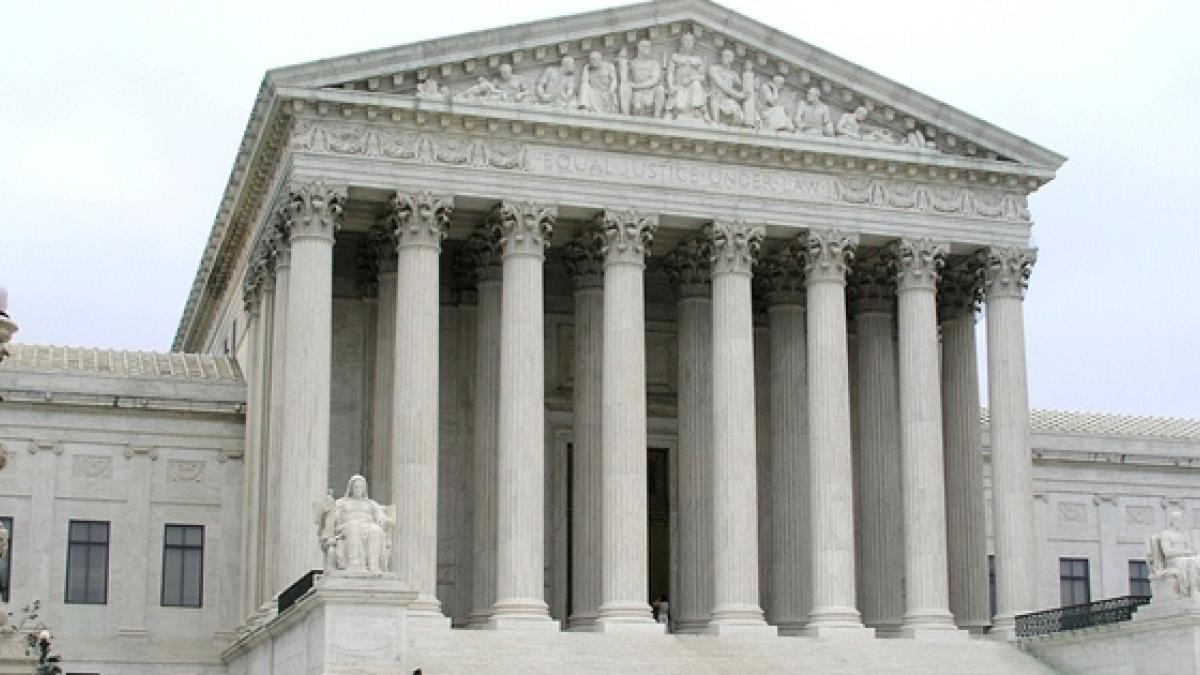Please review these notes. Post any questions you may have. Don’t be afraid to ask any questions.
Here are some study questions that might help you.
- What key elements are established by Article III of the Constitution regarding the National Judiciary?
- How does the process typically unfold when the president nominates a justice for the Supreme Court?
- What is the significance of judicial review, as established by the Marshall Court in Marbury v. Madison (1803)?
- What are the main differences between Judicial Activism and Judicial Restraint in the context of the Court’s role?
- How does the American legal system differ from state courts to federal courts, and what are the three tiers present in both systems?
Here is a quiz that may be taken for extra credit.
The Judiciary Quiz
1. What does Article III of the Constitution establish?
a. A Supreme Court in which the judicial power of the United States is vested
b. Life tenure or ‘good behavior’ for judges
c. Such inferior courts as Congress may choose to establish
d. Original jurisdiction of the Supreme Court
2. What is the power of a court to decide if a law or other legal issue contravenes the Constitution and overturn it called?
a. Judicial Restraint
b. Judicial Activism
c. Judicial Review
d. Legal Precedent
3. In the American Legal System, how many tiers do both the state and federal court systems have?
a. One
b. Two
c. Three
d. Four
4. What landmark case contributed to the Civil War?
a. Marbury vs. Madison (1803)
b. McCulloch vs. Maryland (1819)
c. Gibbons vs. Ogden (1824)
d. Dred Scott vs. Sandford (1857)
5. Which case established the principle of “separate but equal”?
a. Plessy vs. Ferguson (1896)
b. Brown vs. Board of Education (1954)
c. Baker vs. Carr (1962)
d. Roe vs. Wade (1973)
